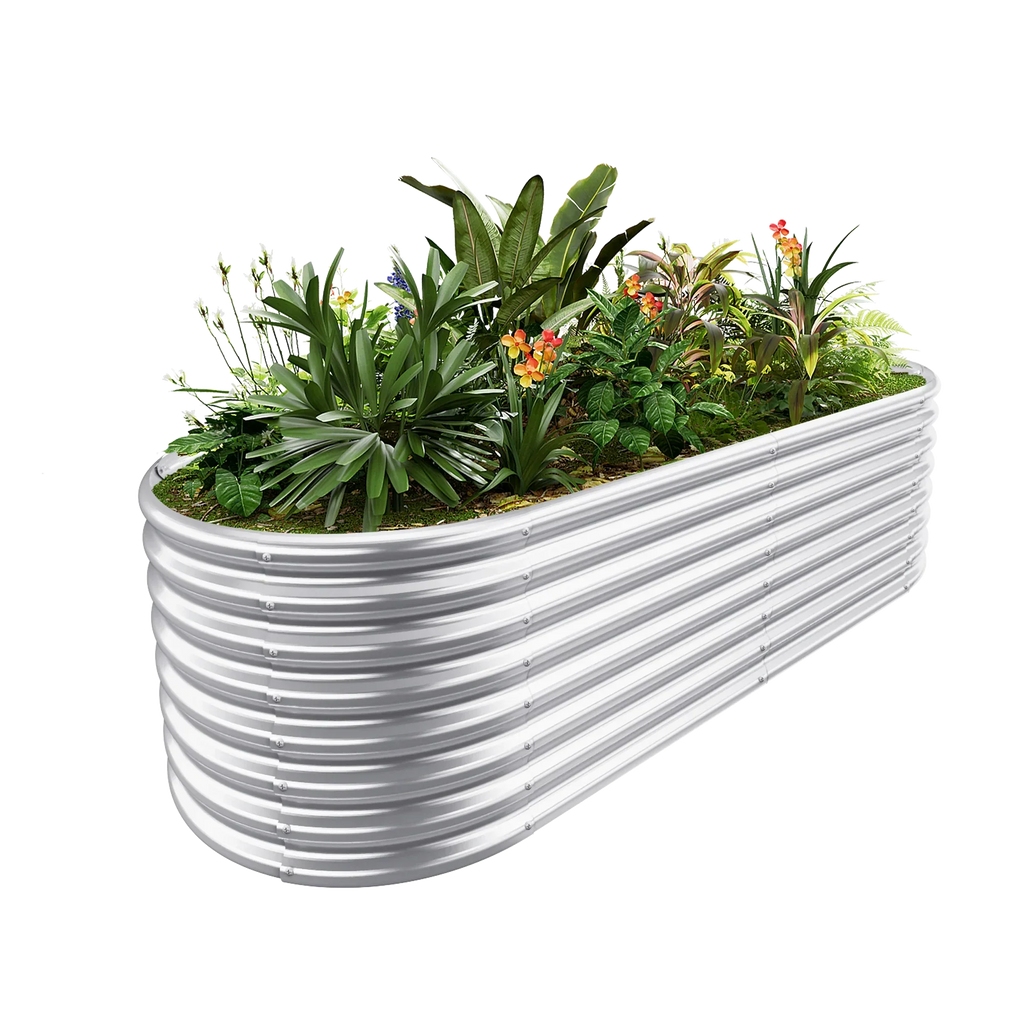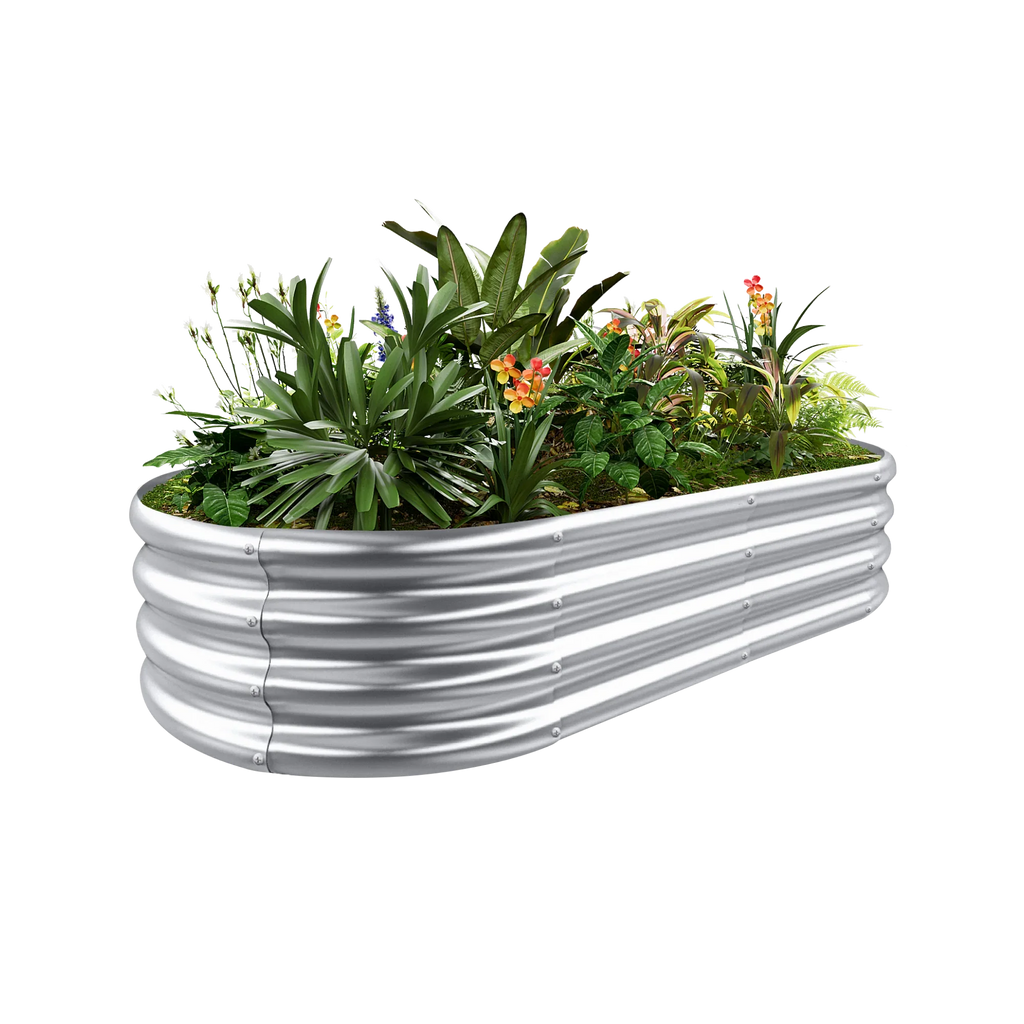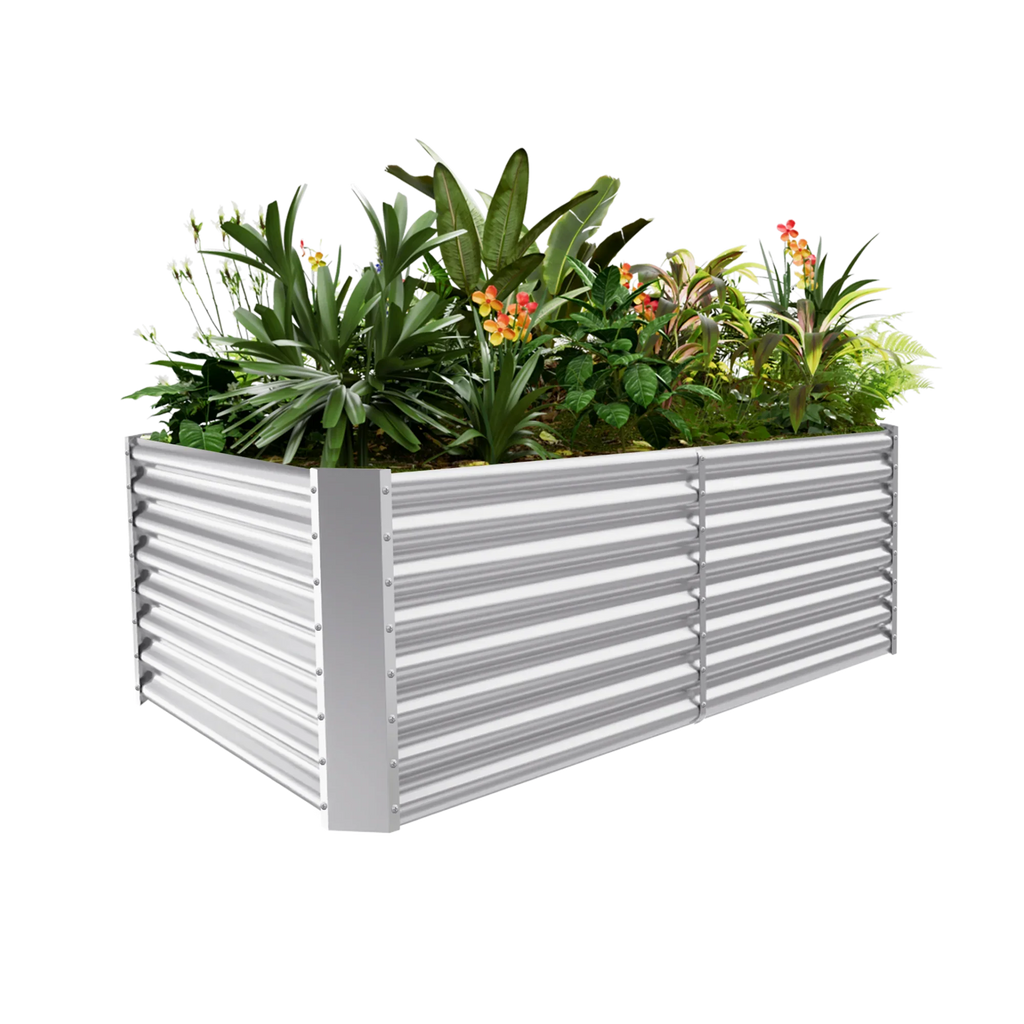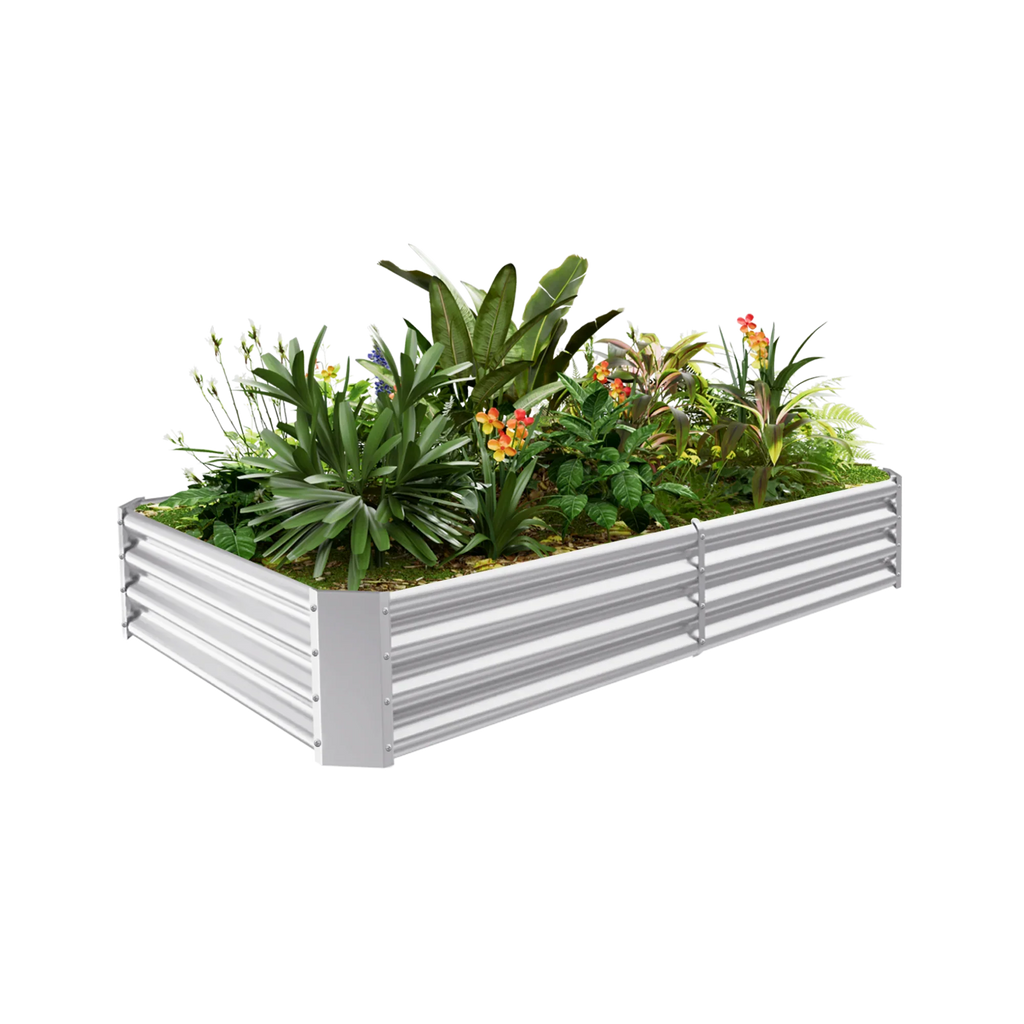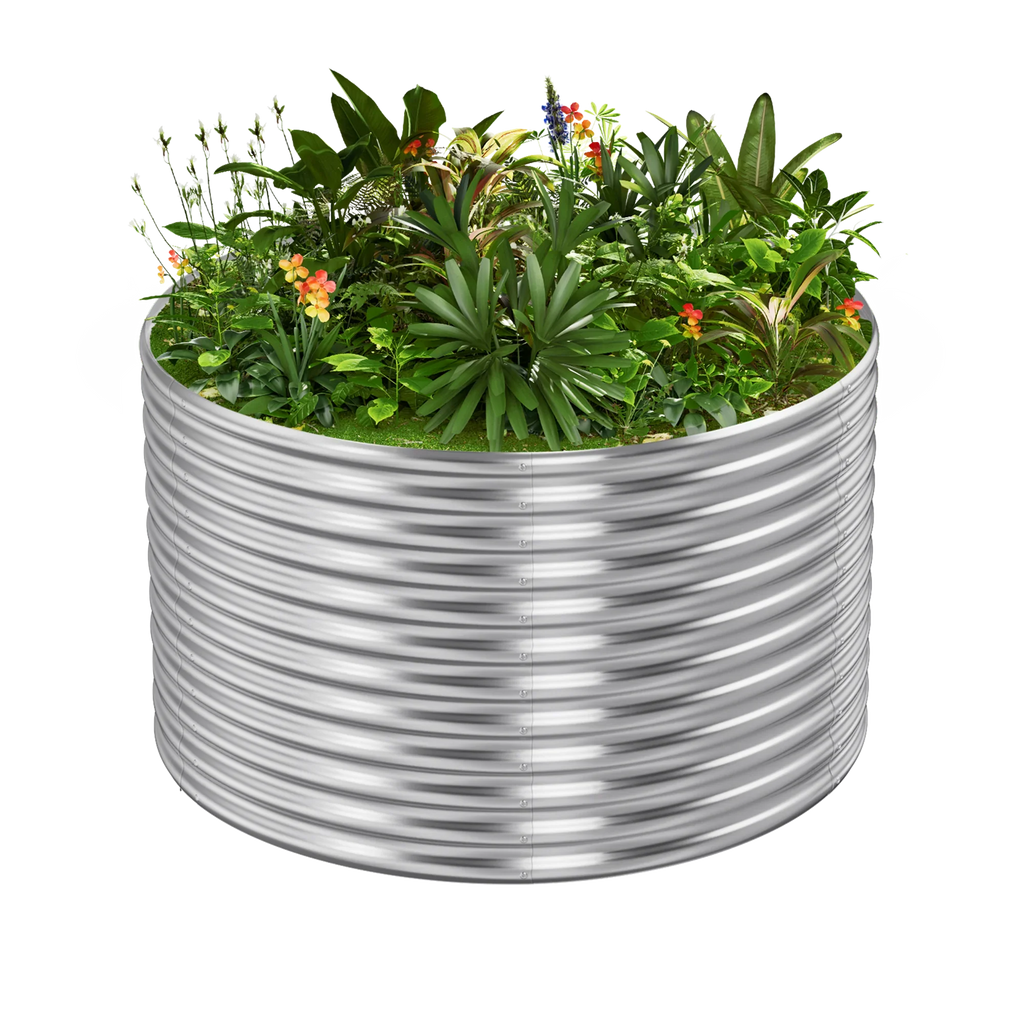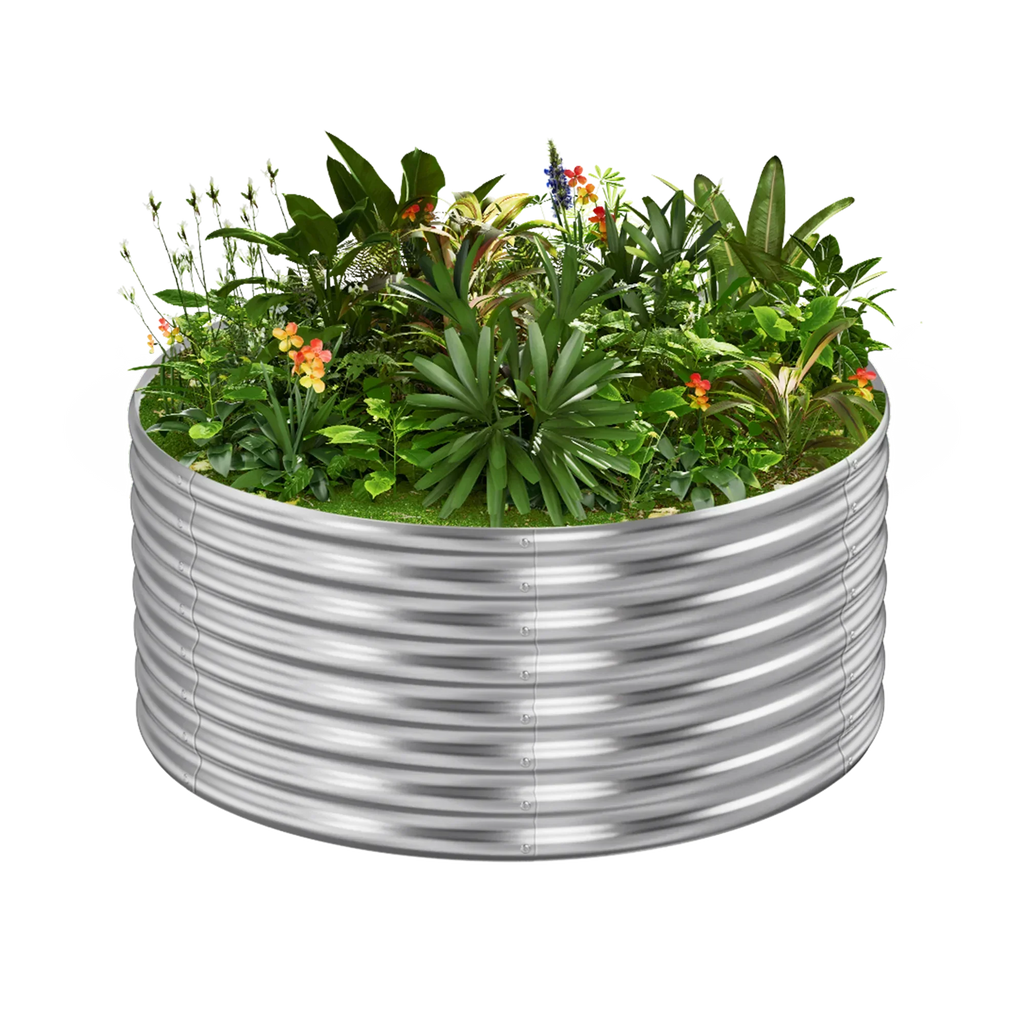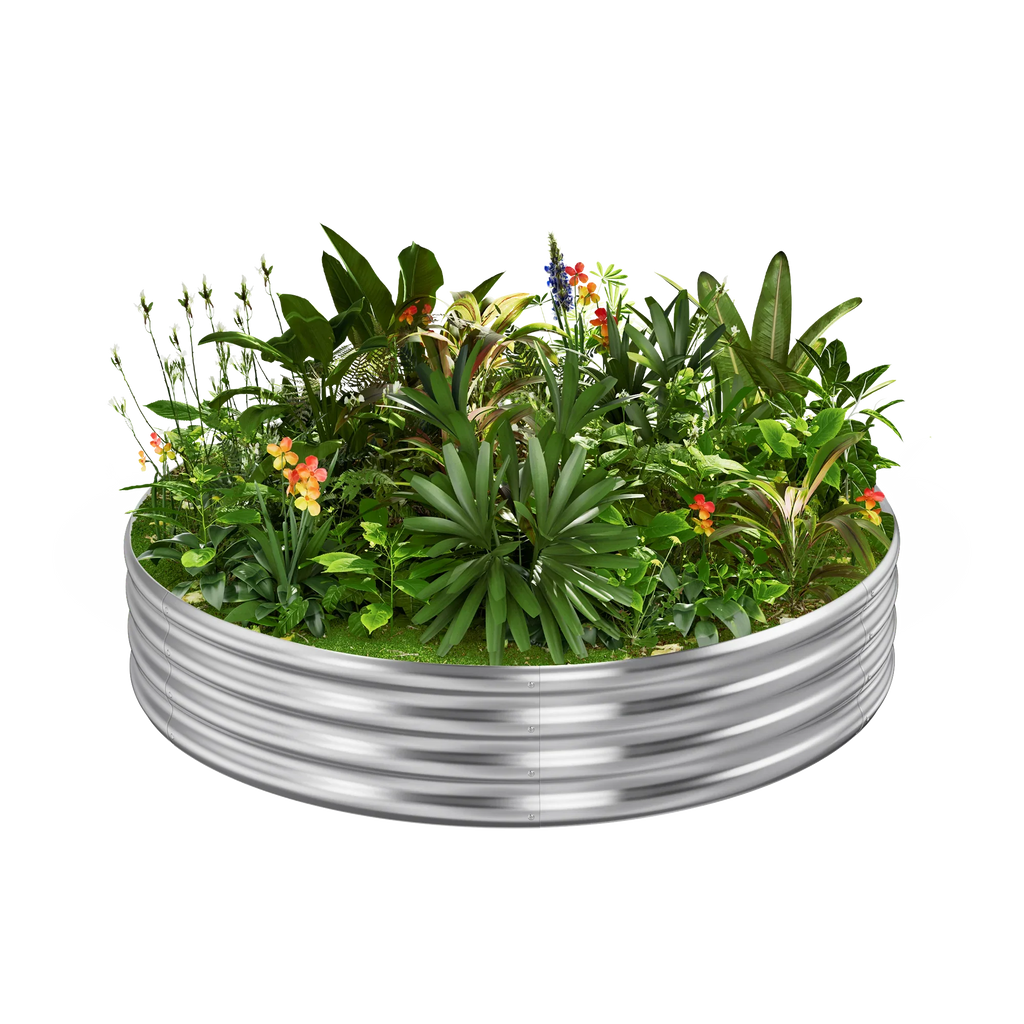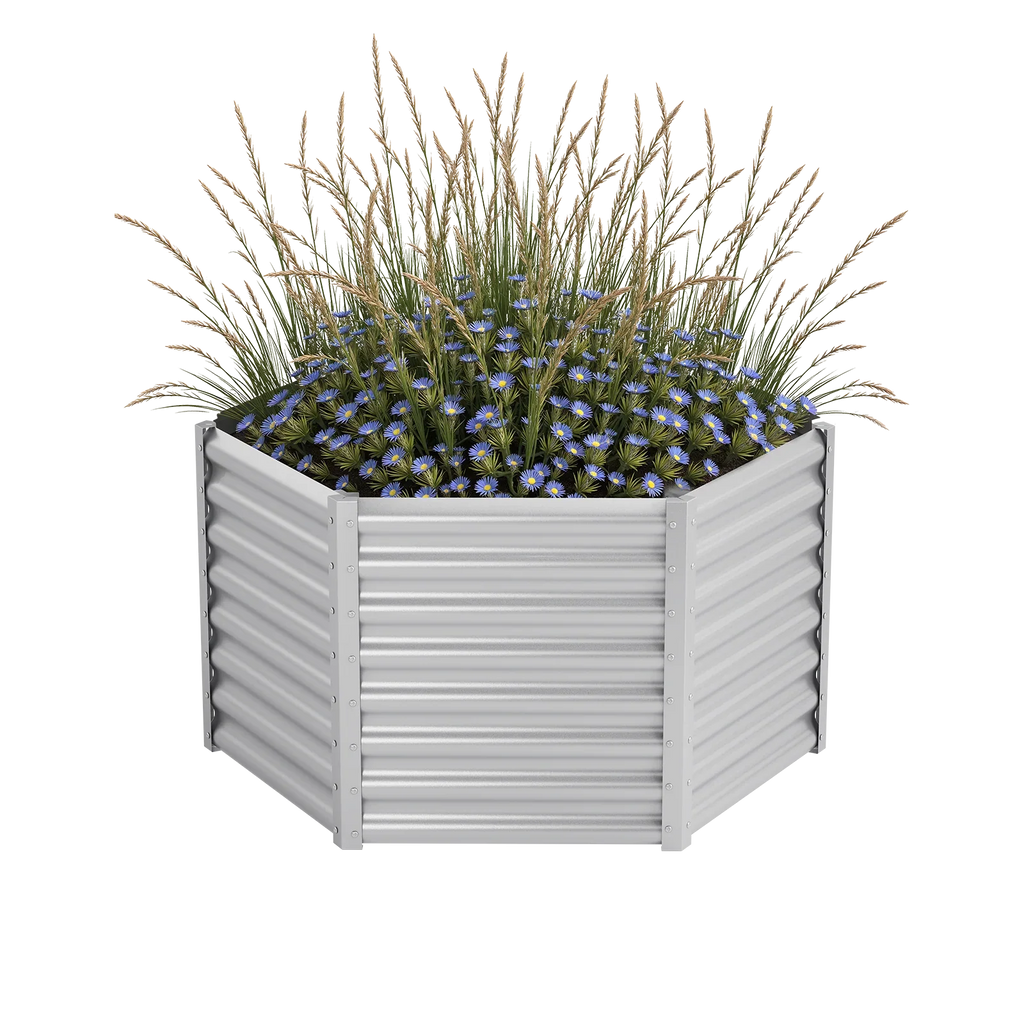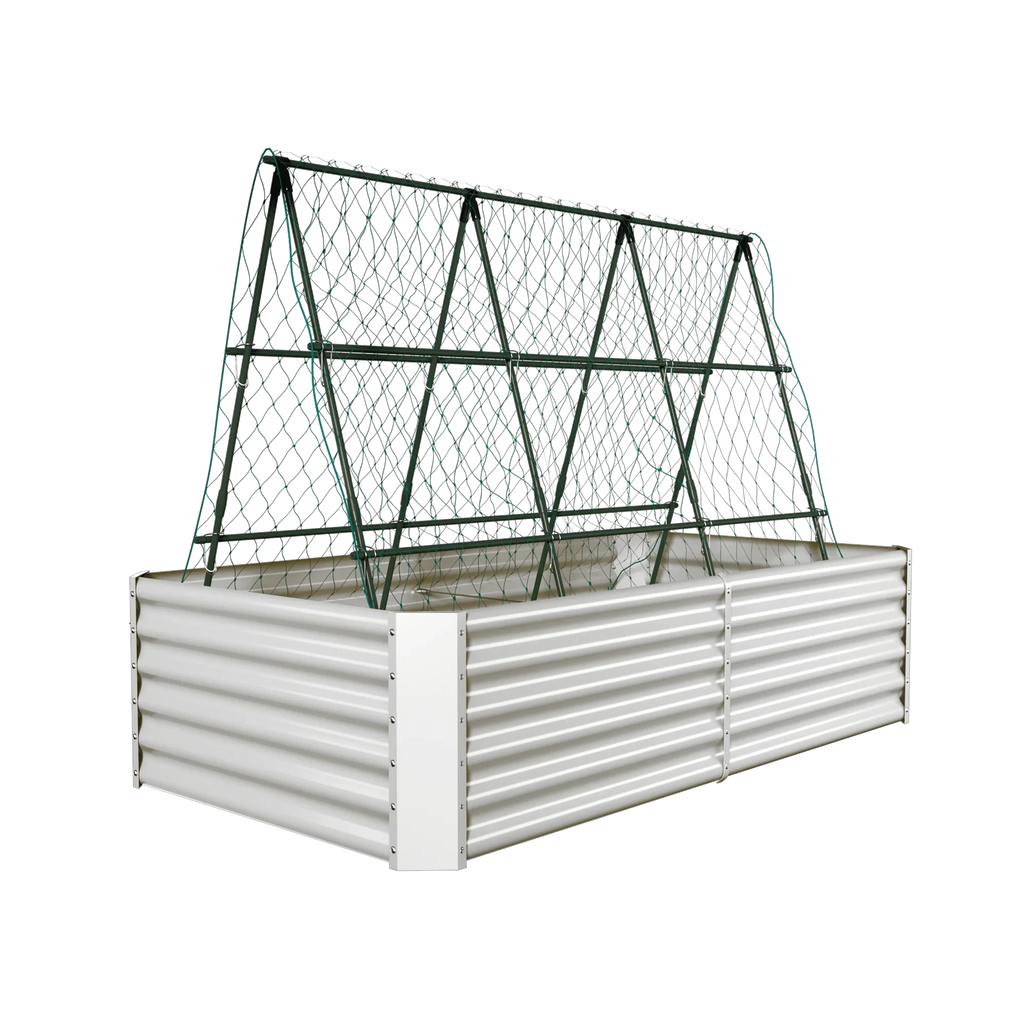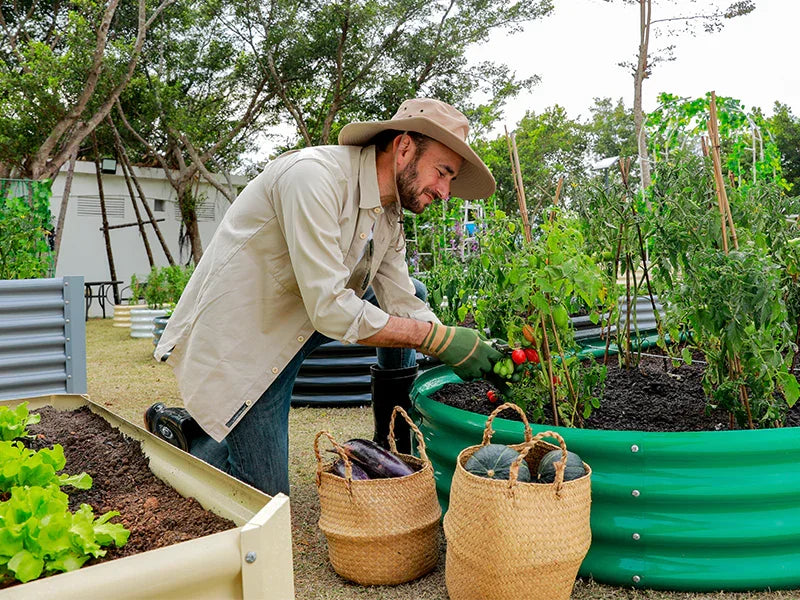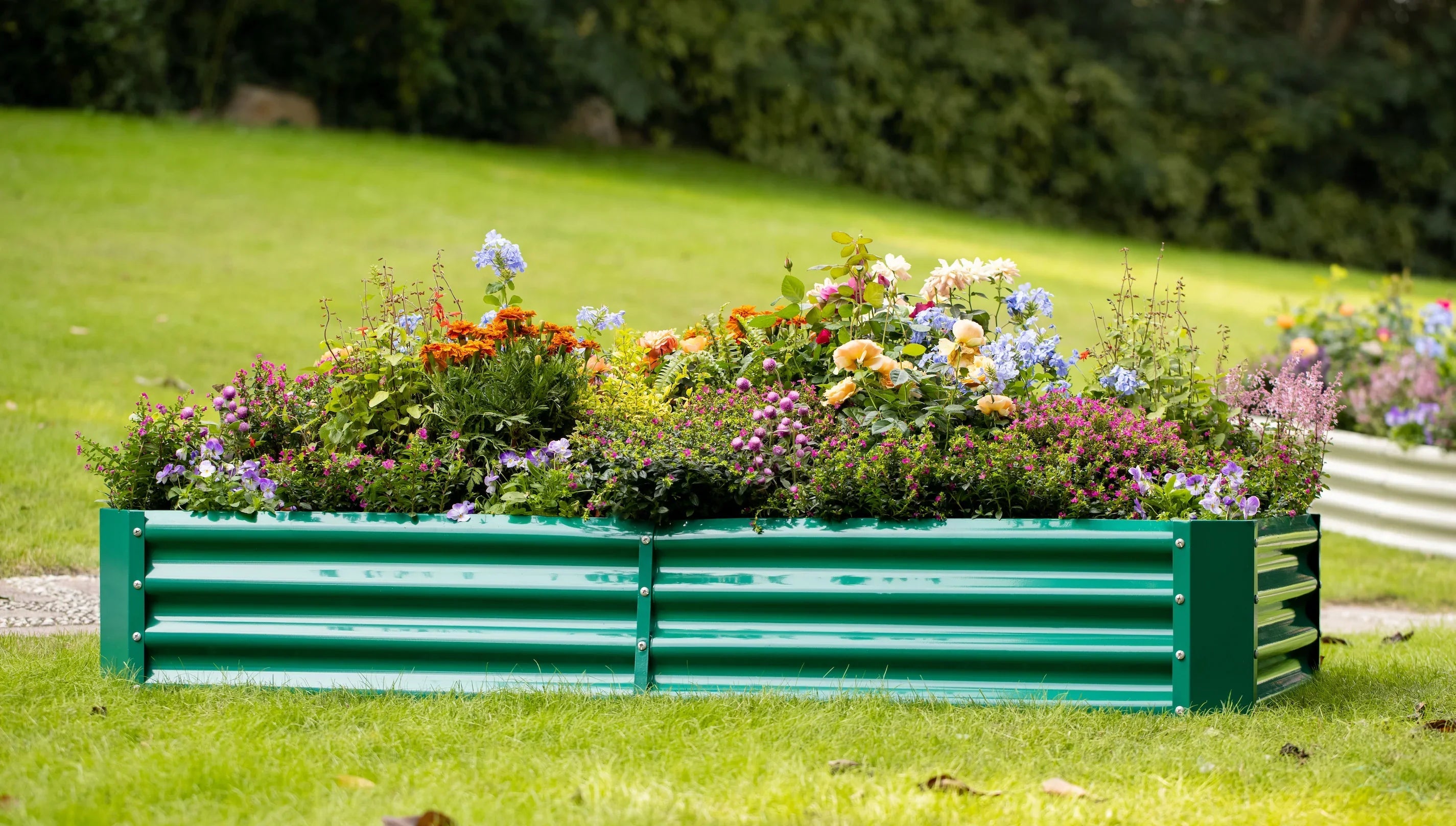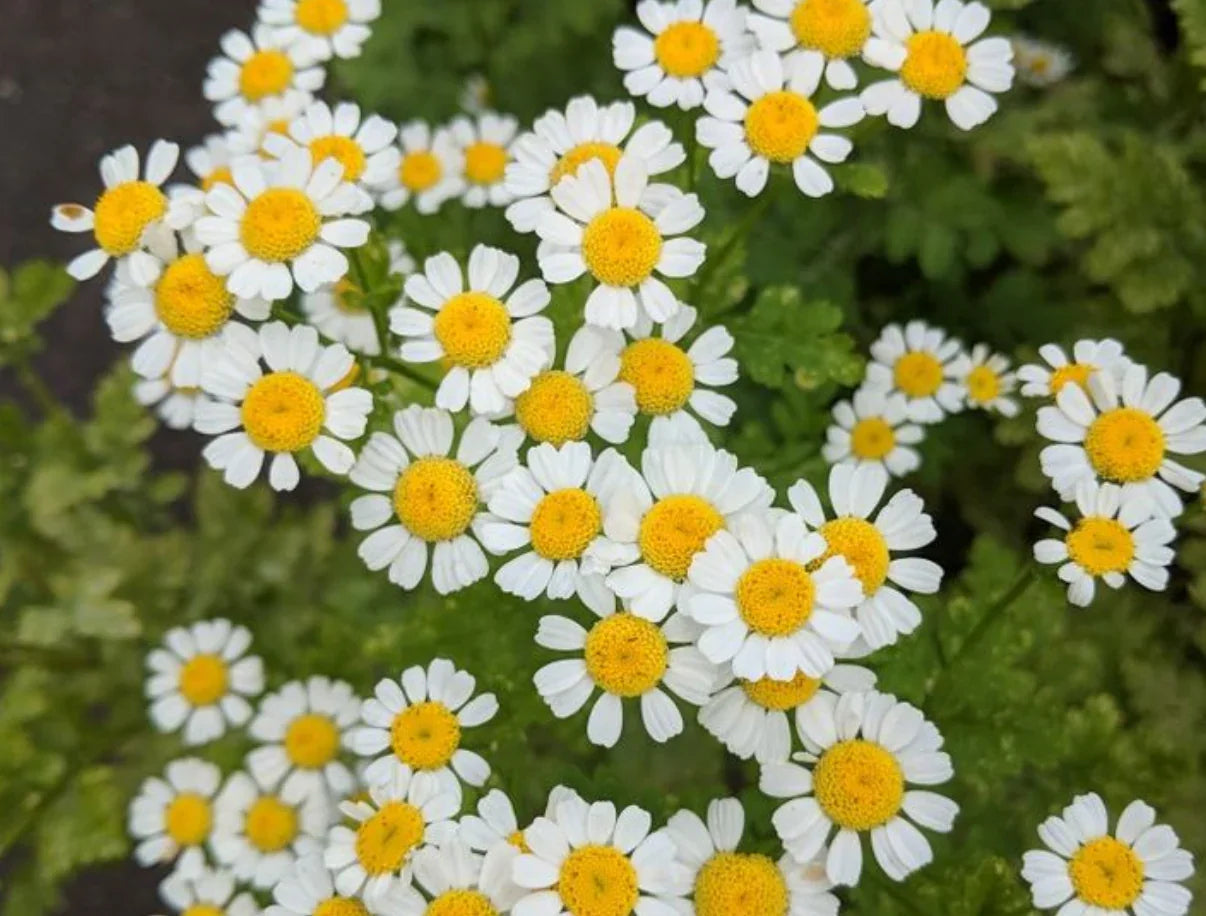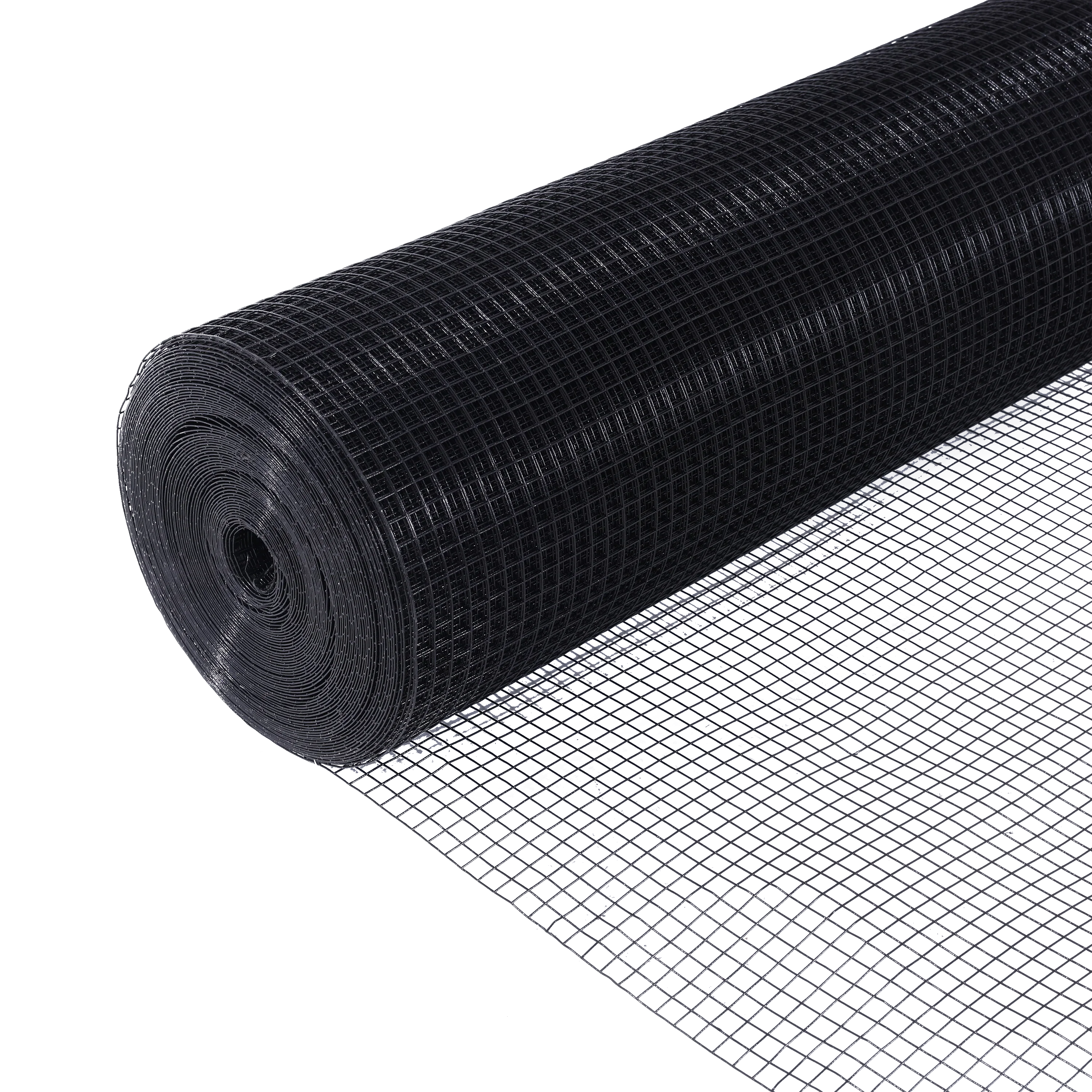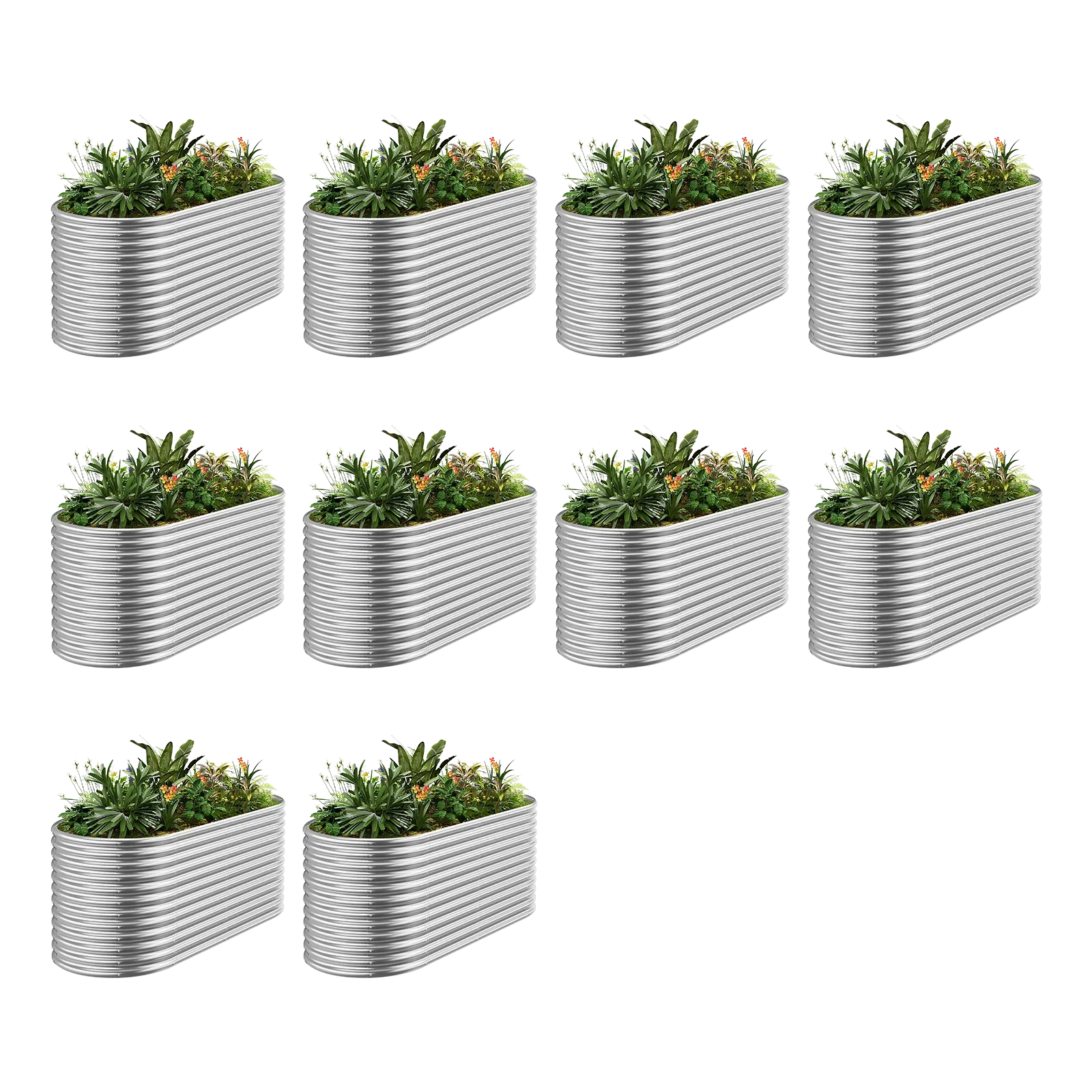Root rot is a gardener’s nightmare—a sneaky condition that can turn healthy, vibrant plants into drooping, lifeless ones almost overnight. It happens when plant roots start to decay, usually because of too much water and not enough drainage, giving fungi or bacteria the perfect chance to take hold. Once it sets in, root rot is tough to fix, and you might end up losing plants you’ve spent months nurturing. The good news? You don’t have to let it get that far. With a few smart strategies, you can keep root rot at bay and maintain a thriving garden bed. In this article, we’ll walk you through practical steps to prevent root rot, so your plants stay strong and your garden flourishes.

Choose the Right Soil
Soil is the backbone of any garden, and when it comes to preventing root rot, drainage is everything. Heavy soils like clay hold onto water for too long, creating a soggy mess where root rot pathogens love to grow. Instead, go for a loamy mix—something with a good balance of sand, silt, and clay that lets water pass through without drowning your plants.
· Test Your Soil: Dig a hole about a foot deep, fill it with water, and see how long it takes to drain. If it’s still sitting there after a few hours, you’ve got a problem.
· Fix It Up: Mix in some compost to loosen things up, or add perlite or coarse sand to boost drainage. Healthy soil means healthy roots, and that’s your first line of defense.
Water Wisely
Too much water is the root rot culprit we all accidentally invite into our gardens. The trick is to water just enough—deeply, but not too often—so the soil has a chance to dry out between sessions. Overly wet roots are like an open invitation to fungi.
· Check Before You Water: Stick your finger an inch into the soil. If it’s dry, grab the watering can; if it’s damp, hold off.
· Morning Is Best: Water early in the day so any extra moisture can dry off before nightfall. Wet soil overnight is a recipe for trouble.
· Tools Can Help: A simple moisture meter can take the guesswork out of it, especially for fussier plants.
Improve Drainage
Even the best soil won’t save your plants if water has nowhere to go. Poor drainage is a fast track to root rot, but there are ways to fix it.
· Raise Your Beds: Build garden beds 6 to 12 inches above ground level. It’s a game-changer—water flows away instead of pooling.
· Add a Base Layer: Toss some gravel or small rocks at the bottom of your bed to give excess water an escape route.
· Slope It: If your yard allows, give your beds a slight tilt to encourage runoff.
· Go Pro: For serious drainage woes, buried perforated pipes can whisk water away from your plants’ roots.
These tweaks can transform a swampy bed into a plant paradise.
Select Resistant Plants
Not all plants are equal when it comes to fighting root rot. Some shrug it off like champs, while others practically roll out the welcome mat for trouble.
· Tough Picks: Lavender and rosemary love dry, well-drained spots and rarely suffer from root rot. Succulents and ornamental grasses are also great bets.
· Know Your Zone: Pick plants that match your local weather and soil. A little research goes a long way toward a rot-free garden.
Choosing the right plants is like stacking the deck in your favor.
Use Preventative Treatments
Sometimes, nature needs a nudge—especially in humid climates or rainy seasons. Preventative treatments can give your plants an edge against root rot.
· Go Natural: Brew some compost tea to feed your soil with good microbes that fight off the bad guys. Beneficial fungi, like mycorrhizae, can also strengthen roots.
· Last Resort: If things get dicey, a fungicide might be worth it. Use it sparingly and follow the label—prevention beats cure every time.
Think of these as insurance for your garden’s health.
Monitor Your Garden
Catching root rot early can save your plants, and that means keeping an eye out. Regular check-ins are your secret weapon.
· Warning Signs: Look for wilting leaves (even with wet soil), yellowing, or a funky smell from the dirt. Stunted growth is another red flag.
· Root Check: If something seems off, gently dig up a bit of root. Healthy ones are white and firm; rotten ones are mushy and dark.
· Act Fast: Spot trouble? Pull the affected plant, tweak your soil or drainage, and replant with something sturdier.
Staying vigilant keeps small problems from turning into big ones.
Conclusion
Root rot doesn’t have to spell disaster for your garden beds. By picking the right soil, watering smart, boosting drainage, choosing tough plants, and keeping watch, you can stop it before it starts. These steps aren’t just about avoiding trouble—they’re about building a garden that thrives year after year. So grab your shovel, make a few adjustments, and enjoy the peace of mind that comes with healthy, happy plants.






